 Technology peripherals
Technology peripherals AI
AI back to the Future! Using childhood diaries to train AI, this programmer used GPT-3 to achieve a dialogue with his 'past self'
back to the Future! Using childhood diaries to train AI, this programmer used GPT-3 to achieve a dialogue with his 'past self'People always have a soft spot for the past and the future.
In the movie "Back to the Future", the protagonist who was in 1985 was accidentally sent back to 1955. Not only did he meet his parents from the past by chance, but he also made his young mother fall in love with him at first sight. , which caused a lot of jokes.

If we move back the time a little bit, we can travel back 10 years If you meet your past self before, what would you tell him?
Recently, a programmer named Michelle Huang shared on Twitter her experience of "traveling" back to the past and talking to herself.
"I trained an AI chatbot using my own childhood diary entries so I could have real-time conversations with my 'inner child.'"

This has also aroused discussion among many netizens.
For example, some netizens suggested, "You can also try to use AI to generate some pictures to match your text, which should be very interesting."







##code show as below:

Finally, click Submit. With that, you should be able to start a conversation with your younger self.
Huang said that this project should have many uses in life. For example, you could train the AI in a therapy setting, specifically Parts Therapy, or Internal Family Systems Therapy (IFS); or you could put the AI in an angry mood and then try to comfort it.
Talk to yourself
Huang sighed, overall, this is a very wonderful and at the same time It was also a strangely healing experience. Talking to his younger self reminded Huang of the parts of himself that had remained the same over the years, as well as the parts that had been forgotten or buried as life changed. It was like holding a mirror and revealing the undisguised , a more serious and pure self.

Allowing yourself to have a dialogue with the past through this kind of real historical data is obviously better than any other way. More profound and concrete.
Over the past dozen years, Huang has been in the habit of keeping a diary. The contents range from complaining about heavy homework to being nervous when talking to her crush. Some of them are very anecdotal, and some of them are quite insightful now.
When these diaries were imported into the model as data, some of the reactions given by the AI were very similar to her own reactions in her memory. Huang also asked his younger self about the world view, and then let the AI try to answer the question, "The interaction felt very similar to a normal text message conversation, like I was texting my past self in real time, and it was like It's like using a time machine, but this time machine is disguised as a chat box."

Huang was also surprised that the AI could accurately predict the appearance from diaries from ten years ago. Her interests, of course, have gone through a lot of iteration/trial and error, but it makes people feel that maybe the life path they are choosing now had the seeds planted in the spiritual world a long time ago.
From Huang’s interactions, it’s not difficult to see the therapeutic potential of this medium, not only to send love back to the past, but also to be inspired by your younger self.
Things that troubled us in the past can now be released. This also allows us to end our obsession with regrets about the past and welcome the present and the future with a better attitude.
Related reports:
https://www.dailymail.co.uk/sciencetech/article-11491323/Woman-talks-past-self-trippy-conversation .html
The above is the detailed content of back to the Future! Using childhood diaries to train AI, this programmer used GPT-3 to achieve a dialogue with his 'past self'. For more information, please follow other related articles on the PHP Chinese website!
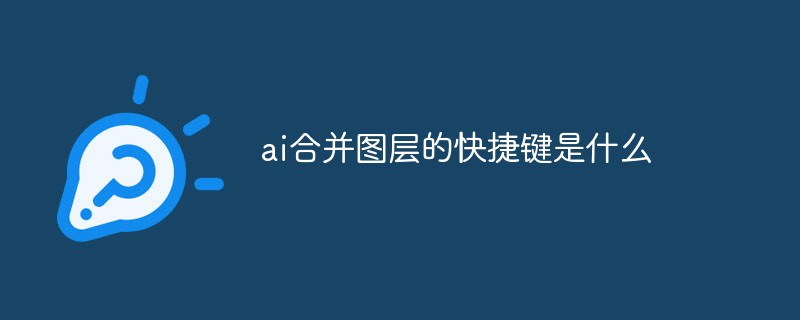 ai合并图层的快捷键是什么Jan 07, 2021 am 10:59 AM
ai合并图层的快捷键是什么Jan 07, 2021 am 10:59 AMai合并图层的快捷键是“Ctrl+Shift+E”,它的作用是把目前所有处在显示状态的图层合并,在隐藏状态的图层则不作变动。也可以选中要合并的图层,在菜单栏中依次点击“窗口”-“路径查找器”,点击“合并”按钮。
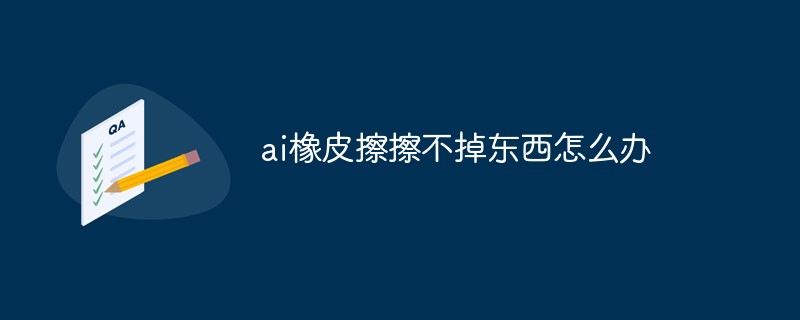 ai橡皮擦擦不掉东西怎么办Jan 13, 2021 am 10:23 AM
ai橡皮擦擦不掉东西怎么办Jan 13, 2021 am 10:23 AMai橡皮擦擦不掉东西是因为AI是矢量图软件,用橡皮擦不能擦位图的,其解决办法就是用蒙板工具以及钢笔勾好路径再建立蒙板即可实现擦掉东西。
 谷歌超强AI超算碾压英伟达A100!TPU v4性能提升10倍,细节首次公开Apr 07, 2023 pm 02:54 PM
谷歌超强AI超算碾压英伟达A100!TPU v4性能提升10倍,细节首次公开Apr 07, 2023 pm 02:54 PM虽然谷歌早在2020年,就在自家的数据中心上部署了当时最强的AI芯片——TPU v4。但直到今年的4月4日,谷歌才首次公布了这台AI超算的技术细节。论文地址:https://arxiv.org/abs/2304.01433相比于TPU v3,TPU v4的性能要高出2.1倍,而在整合4096个芯片之后,超算的性能更是提升了10倍。另外,谷歌还声称,自家芯片要比英伟达A100更快、更节能。与A100对打,速度快1.7倍论文中,谷歌表示,对于规模相当的系统,TPU v4可以提供比英伟达A100强1.
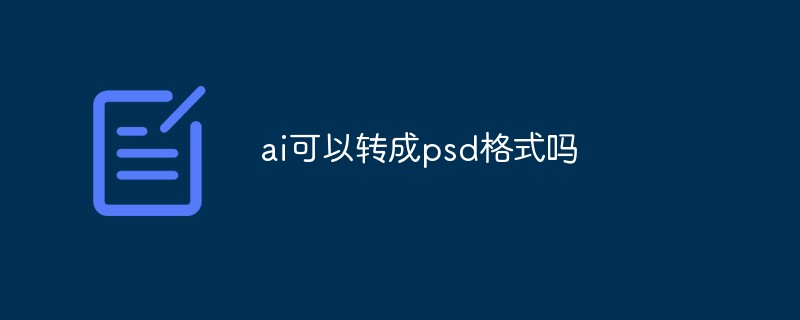 ai可以转成psd格式吗Feb 22, 2023 pm 05:56 PM
ai可以转成psd格式吗Feb 22, 2023 pm 05:56 PMai可以转成psd格式。转换方法:1、打开Adobe Illustrator软件,依次点击顶部菜单栏的“文件”-“打开”,选择所需的ai文件;2、点击右侧功能面板中的“图层”,点击三杠图标,在弹出的选项中选择“释放到图层(顺序)”;3、依次点击顶部菜单栏的“文件”-“导出”-“导出为”;4、在弹出的“导出”对话框中,将“保存类型”设置为“PSD格式”,点击“导出”即可;
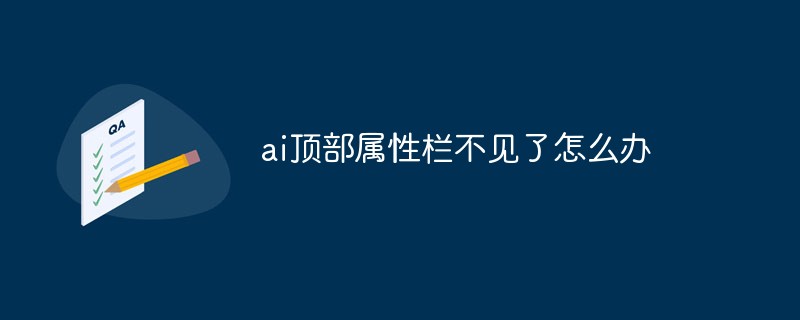 ai顶部属性栏不见了怎么办Feb 22, 2023 pm 05:27 PM
ai顶部属性栏不见了怎么办Feb 22, 2023 pm 05:27 PMai顶部属性栏不见了的解决办法:1、开启Ai新建画布,进入绘图页面;2、在Ai顶部菜单栏中点击“窗口”;3、在系统弹出的窗口菜单页面中点击“控制”,然后开启“控制”窗口即可显示出属性栏。
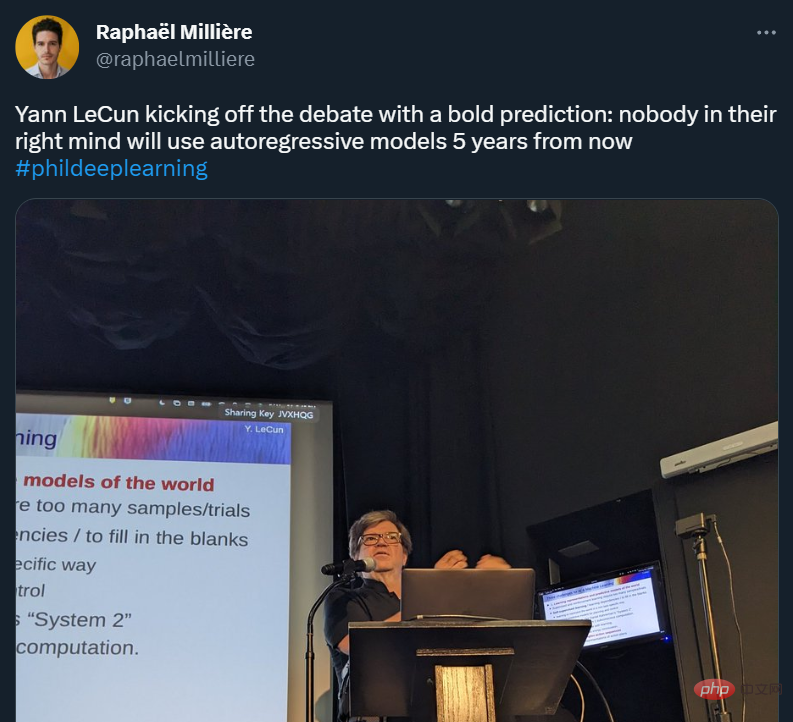 GPT-4的研究路径没有前途?Yann LeCun给自回归判了死刑Apr 04, 2023 am 11:55 AM
GPT-4的研究路径没有前途?Yann LeCun给自回归判了死刑Apr 04, 2023 am 11:55 AMYann LeCun 这个观点的确有些大胆。 「从现在起 5 年内,没有哪个头脑正常的人会使用自回归模型。」最近,图灵奖得主 Yann LeCun 给一场辩论做了个特别的开场。而他口中的自回归,正是当前爆红的 GPT 家族模型所依赖的学习范式。当然,被 Yann LeCun 指出问题的不只是自回归模型。在他看来,当前整个的机器学习领域都面临巨大挑战。这场辩论的主题为「Do large language models need sensory grounding for meaning and u
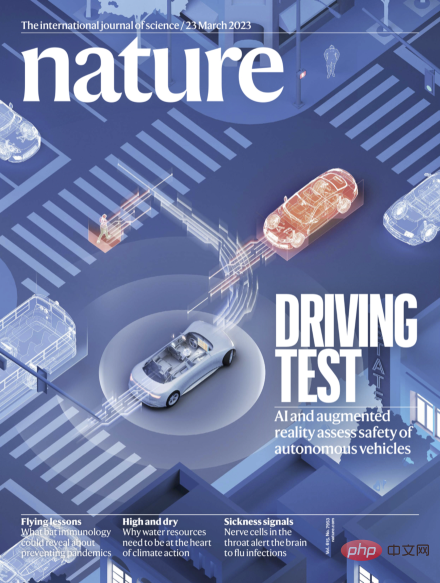 强化学习再登Nature封面,自动驾驶安全验证新范式大幅减少测试里程Mar 31, 2023 pm 10:38 PM
强化学习再登Nature封面,自动驾驶安全验证新范式大幅减少测试里程Mar 31, 2023 pm 10:38 PM引入密集强化学习,用 AI 验证 AI。 自动驾驶汽车 (AV) 技术的快速发展,使得我们正处于交通革命的风口浪尖,其规模是自一个世纪前汽车问世以来从未见过的。自动驾驶技术具有显着提高交通安全性、机动性和可持续性的潜力,因此引起了工业界、政府机构、专业组织和学术机构的共同关注。过去 20 年里,自动驾驶汽车的发展取得了长足的进步,尤其是随着深度学习的出现更是如此。到 2015 年,开始有公司宣布他们将在 2020 之前量产 AV。不过到目前为止,并且没有 level 4 级别的 AV 可以在市场
 ai移动不了东西了怎么办Mar 07, 2023 am 10:03 AM
ai移动不了东西了怎么办Mar 07, 2023 am 10:03 AMai移动不了东西的解决办法:1、打开ai软件,打开空白文档;2、选择矩形工具,在文档中绘制矩形;3、点击选择工具,移动文档中的矩形;4、点击图层按钮,弹出图层面板对话框,解锁图层;5、点击选择工具,移动矩形即可。


Hot AI Tools

Undresser.AI Undress
AI-powered app for creating realistic nude photos

AI Clothes Remover
Online AI tool for removing clothes from photos.

Undress AI Tool
Undress images for free

Clothoff.io
AI clothes remover

AI Hentai Generator
Generate AI Hentai for free.

Hot Article

Hot Tools

Dreamweaver Mac version
Visual web development tools

SublimeText3 Chinese version
Chinese version, very easy to use

SAP NetWeaver Server Adapter for Eclipse
Integrate Eclipse with SAP NetWeaver application server.

Safe Exam Browser
Safe Exam Browser is a secure browser environment for taking online exams securely. This software turns any computer into a secure workstation. It controls access to any utility and prevents students from using unauthorized resources.

VSCode Windows 64-bit Download
A free and powerful IDE editor launched by Microsoft






